Pay Period Change Letter Template for Clear Communication
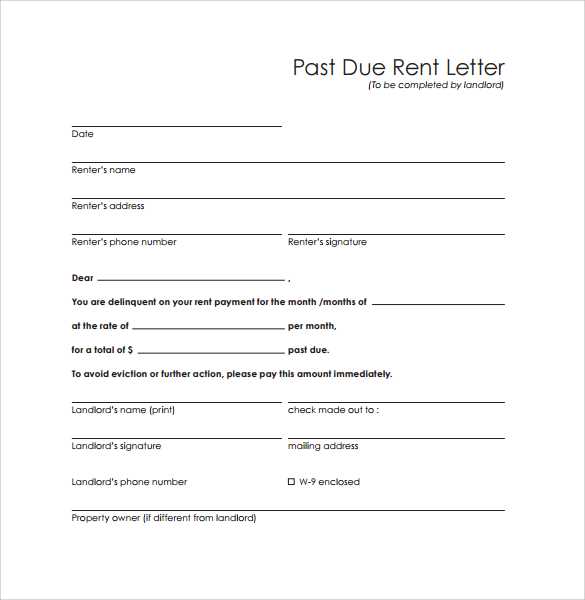
When employers decide to adjust the timing of employee payments, it’s crucial to communicate the update clearly and professionally. This ensures that workers understand the new schedule and can plan accordingly. A formal notification is essential for maintaining transparency and trust between the company and its staff.
Crafting an effective communication about this alteration requires more than just a brief announcement. It involves including important details such as the reason for the update, the exact timing of the change, and any actions employees may need to take. Providing clear instructions helps avoid confusion and ensures smooth transitions.
In this article, we will explore how to write a proper announcement for payroll schedule modifications. By following the guidelines, employers can easily draft a communication that is both legally sound and respectful of employee needs.
Why You Need a Pay Period Change Letter
When a business decides to alter its payment schedule, it’s vital to notify employees promptly and formally. A clear communication ensures that everyone is on the same page and helps avoid confusion or frustration. This formal notice serves multiple purposes and is an essential tool for any company making adjustments to how and when wages are distributed.
Here are some reasons why it’s necessary to have a structured communication when altering the payment schedule:
- Maintaining Transparency: Employees deserve to know exactly how changes affect them. A formal notice outlines the specifics of the new schedule and provides clarity.
- Ensuring Legal Compliance: Depending on your location, specific laws may require employers to notify workers of any modifications to compensation practices.
- Preventing Disruptions: A well-crafted message helps employees plan their finances and avoids surprises that could lead to dissatisfaction or mistakes.
- Building Trust: Clear, professional communication fosters a positive relationship between employers and employees, reducing the likelihood of misunderstandings.
By issuing this formal announcement, employers can ensure that the transition is seamless and that everyone is fully informed of their updated expectations.
Understanding the Importance of Clear Payroll Communication
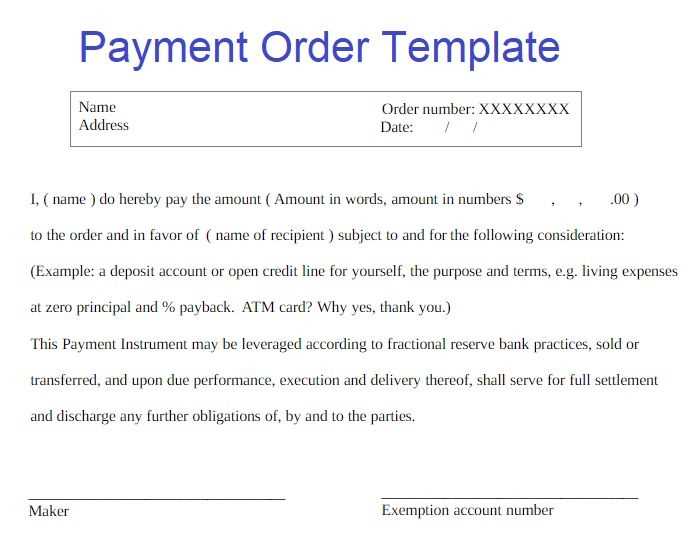
Clear communication regarding wage distribution schedules is critical to maintaining a harmonious working environment. When employees understand exactly when and how they will receive their compensation, it minimizes confusion and fosters a sense of trust. A lack of clarity can lead to frustration, errors, or even legal issues, which can easily be avoided by providing detailed and transparent information.
Here are some key reasons why effective payroll communication is essential:
- Reduces Misunderstandings: Ambiguities about payment dates or methods can create confusion. Providing clear details helps avoid these issues.
- Enhances Employee Satisfaction: When workers know what to expect and when, they are more likely to feel valued and confident in their employer.
- Supports Financial Planning: Employees rely on knowing when their compensation will be provided to manage their personal finances. Clear notifications ensure that there are no unexpected delays.
- Promotes Professionalism: A formal, structured approach to communication reinforces an image of reliability and responsibility within the company.
By prioritizing effective communication about compensation adjustments, businesses can strengthen their relationship with employees and create a smoother, more predictable work environment.
How to Write a Pay Period Change Notice
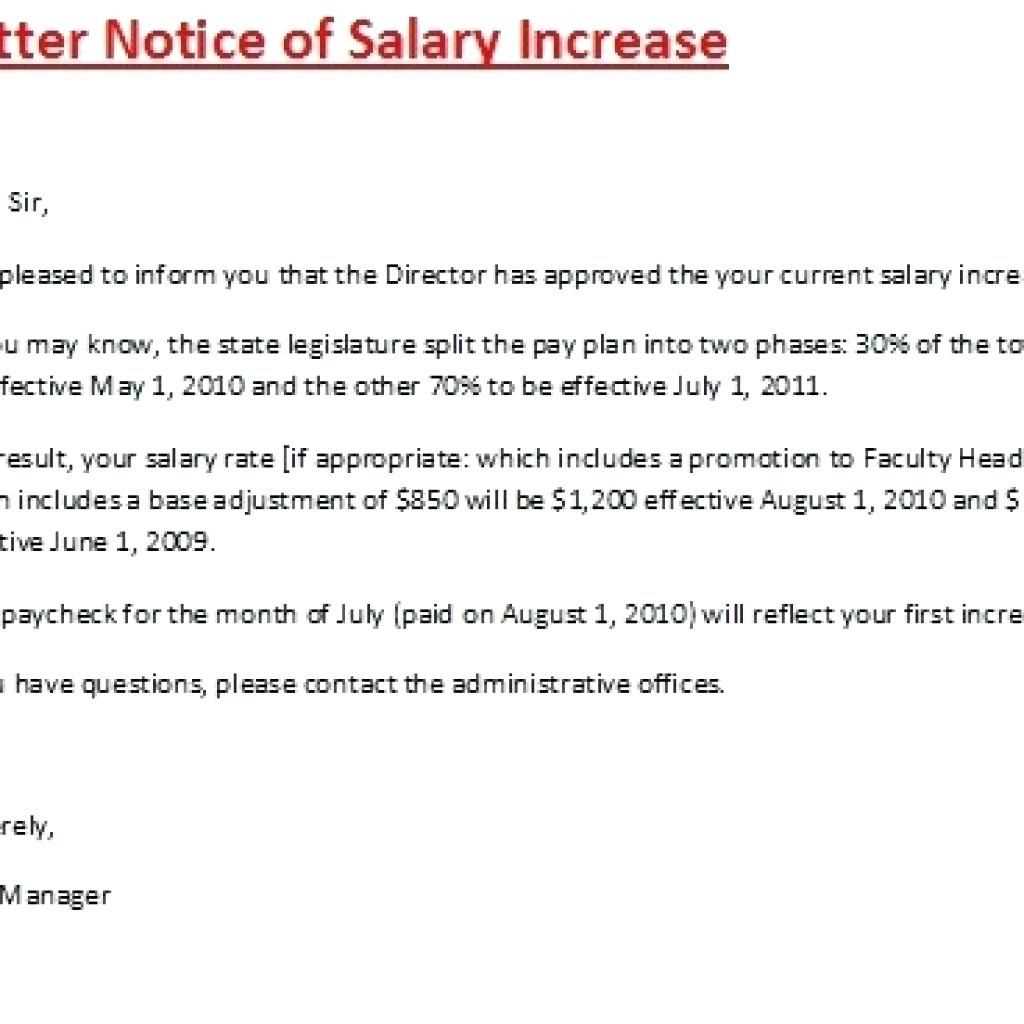
When announcing a modification to the schedule for distributing wages, clarity and professionalism are key. The message should be structured to ensure that employees fully understand the update and the implications it has for them. By following a straightforward approach, employers can reduce confusion and ensure a smooth transition to the new arrangement.
1. Start with a Clear Opening Statement
Begin the notice by directly stating that the payment schedule will be updated. Avoid using jargon and get straight to the point to make the change clear. It’s important to be concise but provide enough context so employees know exactly what is being altered.
2. Provide Detailed Information
Once the main point is introduced, the next step is to outline the specifics. Include the exact dates of the new schedule, any shifts in the timing of wage distribution, and how employees can expect to be affected. This section should leave no room for ambiguity.
- New distribution date: Clearly state when the next wage cycle will occur and how the changes will be implemented.
- Reason for the modification: Offering a brief explanation of why the adjustment is necessary can help employees understand the business’s position and rationale.
- Expected impact on employees: Explain how the change might affect them, including any necessary actions they may need to take.
By following these steps, employers can ensure that the notice is both clear and comprehensive, preventing any confusion or misunderstandings among the staff.
Step-by-Step Guide for Crafting the Letter
Creating a formal notification about modifications to compensation timing requires careful attention to detail and a clear structure. Following a step-by-step approach ensures that all necessary information is included and that the message is conveyed professionally. This guide will walk you through each essential element of the communication process.
1. Start with a Professional Greeting
Begin by addressing the recipient respectfully. Use their name or a general greeting, such as “Dear Team,” depending on the context. A courteous tone sets the stage for the rest of the message.
2. Clearly State the Purpose of the Notification
Immediately inform the reader of the reason for the communication. Avoid ambiguity, and be direct about the timing and nature of the adjustment to compensation distribution.
3. Provide Details of the Modification
Outline the specifics of the update, including the exact new dates or times for distribution, any necessary employee actions, and the reason behind the adjustment. Offering this transparency helps prevent confusion.
4. Offer Additional Support or Information
If there are any questions or if employees need further clarification, let them know how they can reach out for assistance. Providing contact details for inquiries shows consideration for the employee’s concerns.
5. Close with a Professional Sign-off
Conclude the communication by expressing appreciation for the employee’s understanding and cooperation. End with a formal closing, such as “Sincerely,” followed by your name and position.
By following these steps, the resulting notification will be clear, concise, and professional, ensuring that employees are fully informed of the new schedule in a respectful manner.
Key Elements to Include in the Letter
When crafting a formal notification regarding adjustments to the timing of employee compensation, certain key components must be included to ensure clarity and professionalism. These elements help to convey the necessary information in a structured way, leaving no room for misunderstanding. Below are the essential parts that should be featured in any such communication.
1. Clear Statement of the Change
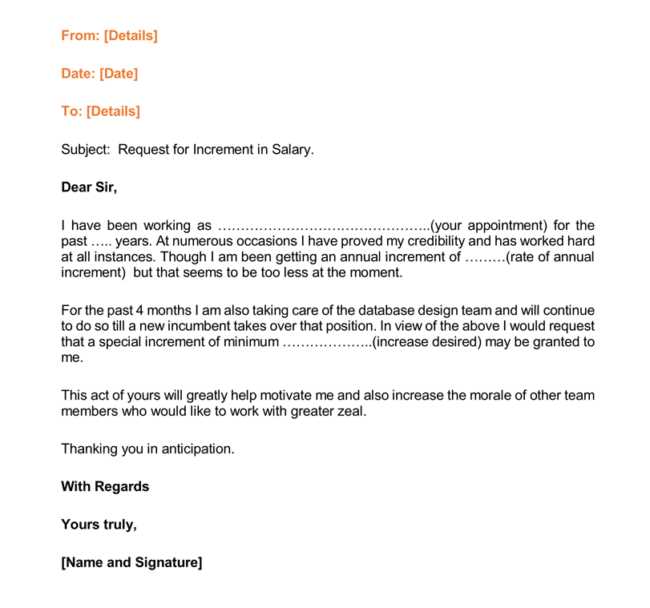
The first and most important element is to state the modification clearly. Avoid any vague language and ensure that the recipient immediately understands what is being adjusted. This section should specify the new schedule or timing without any unnecessary detail.
2. Reason for the Adjustment
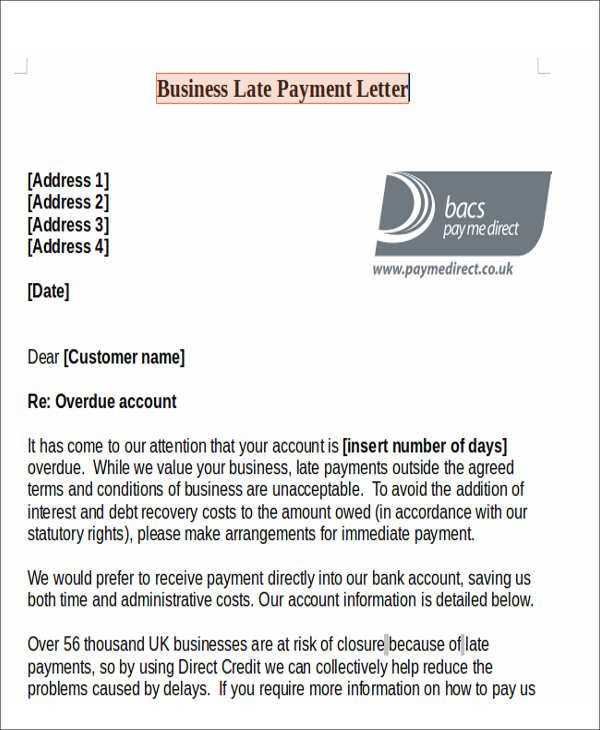
Providing a brief explanation for the decision helps employees understand the context behind the update. While it’s not always necessary to go into deep detail, offering a transparent reason can reduce confusion and foster trust between employer and employee.
- Reason for the adjustment: Whether it’s due to operational changes, financial reasons, or external factors, clarify why the modification is happening.
- Impact on employees: Explain how the update will affect the recipients, including any changes in their personal scheduling or payment expectations.
- Specific dates or timelines: Provide exact dates when the change will take effect and how it will be implemented moving forward.
By ensuring these elements are covered, employers can craft a comprehensive and respectful notice that effectively communicates any alterations to compensation schedules.
Essential Information for a Complete Notification
For a formal communication regarding the alteration of employee compensation schedules to be effective, it must include all the critical information that will help employees understand the changes. A well-rounded notification ensures that there is no ambiguity and that employees are fully prepared for any adjustments. Below are the key details that should be included to make the notification complete and clear.
- Specific Dates: Clearly state when the new distribution schedule will begin and what the employees can expect going forward. This helps set expectations and avoids surprises.
- Reason for the Change: Briefly explain why the update is being made. Providing context helps employees understand the business’s rationale and can reduce potential dissatisfaction.
- Details on How It Affects Employees: Outline the impact the change will have on employees, whether it’s regarding payment timelines or their personal schedules.
- Actions Required from Employees: If any steps are needed from the recipients, such as acknowledging receipt of the notice or making adjustments to their own schedules, make sure to include clear instructions.
- Contact Information: Include relevant contact details for employees to reach out if they have questions or need further clarification. This shows openness and ensures they have support if needed.
Including these essential elements ensures that the notification is comprehensive, professional, and clear, minimizing the chances of misunderstanding or confusion among employees.
Common Mistakes to Avoid in Payroll Letters
When drafting a formal communication regarding updates to compensation timing, it’s important to avoid certain mistakes that can cause confusion or reduce the effectiveness of the message. These errors can create misunderstandings or lead to dissatisfaction among employees. Below are some of the most common mistakes to avoid in these types of communications.
1. Lack of Clarity
One of the most common mistakes is not being clear about the changes. Vague language or failure to provide specific details about when and how the adjustments will occur can lead to confusion. Employees need to know exactly what is happening, when it’s happening, and how it will affect them.
2. Missing Key Information
Sometimes essential details are left out, such as the reason behind the adjustment, or any actions employees need to take. Omitting these can cause frustration and lead to unnecessary follow-up questions. Be sure to include everything necessary for the employee to understand the situation fully.
| Common Mistake | Impact | How to Avoid |
|---|---|---|
| Vague explanations | Confusion among employees | Provide clear, detailed descriptions |
| Omitting necessary dates | Employees unsure of schedule | Include exact dates or timeframes |
| Unclear instructions for employees | Uncertainty or inaction | List any required steps for employees |
By avoiding these mistakes and ensuring the communication is thorough, transparent, and clear, employers can foster a better understanding and smoother transitions for all involved.
Ensure Accuracy and Professionalism
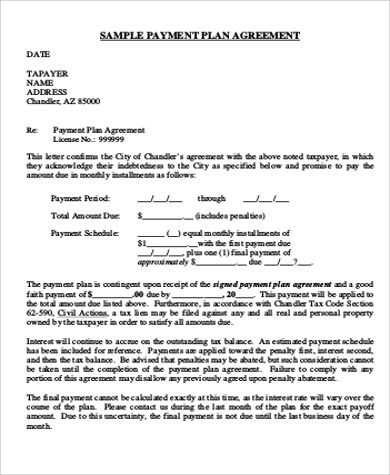
When communicating updates to compensation schedules, it’s crucial to maintain both accuracy and professionalism throughout the message. A well-crafted communication reflects the company’s commitment to clarity and respect for employees. Any errors or inconsistencies can lead to misunderstandings, affecting employee morale and trust in the organization.
First and foremost, double-check all dates, times, and details to ensure they are correct. If any of the information is inaccurate, it could cause confusion and undermine the credibility of the message. Additionally, use professional and respectful language throughout the communication. A formal tone is essential, as it reinforces the seriousness of the message and maintains a positive working relationship.
Another important aspect is formatting. A clean and organized layout makes the message easier to read and understand, helping to convey professionalism. Be sure to structure the message logically, with clear sections that separate different pieces of information.
By ensuring both accuracy and professionalism, employers can ensure their message is taken seriously, and the transition is as smooth as possible for all involved.